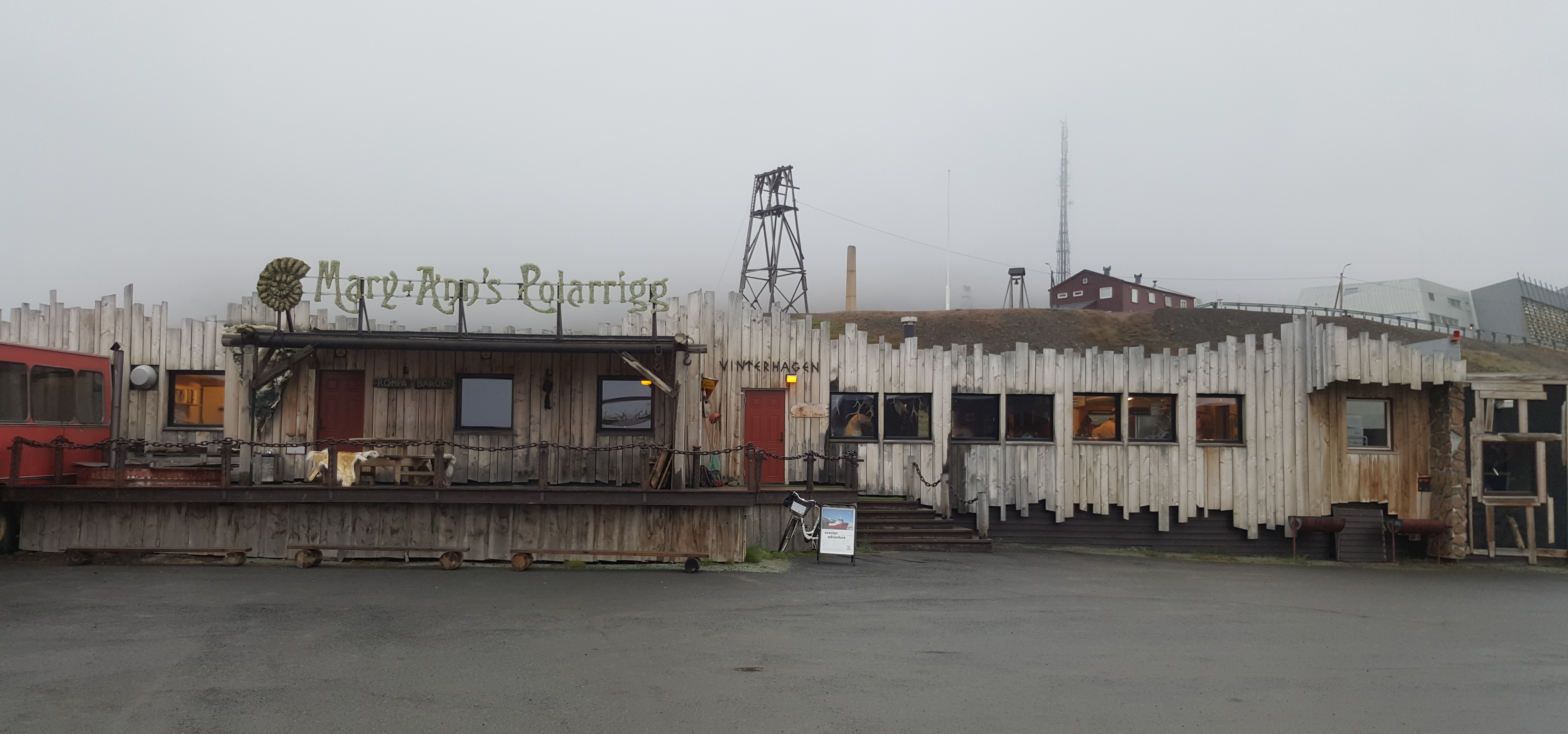
Country Experience: Arctic Circle
In July 2016 John and Di went to the Svalbard island group in the Arctic Circle. The main island, Spitsbergen, is a self-administered territory of Norway, situated at 78 degrees north, making its main town of Longyearbyen the most northern habited town in the world.
Longyearbyen, the administrative home seat of Svalbard, is home to 2100 hardy souls from about 40 different nations. The society, based on fishing, mining, trapping and tourism, is characterised by active people, living in close proximity to harsh conditions in the wilderness of the High Arctic. It is always cold – but has what people there call a “bright” and a “dark” period, which dictates all of life in this unforgiving place at 78 degrees north latitude.

As early as 1194, Svalbard was known to Icelanders (to the south) as the “place of cold coasts”. Then, in 1596, William Barents discovered the islands and whaling was established[1]. Russians hunted there from 1700 till 1850, followed by Norwegians till 1973. In 1906 John Longyear, an American, established coal mining there, which continued till well after WWII. Later still, the Svalbard Treaty was signed in 1925, which established the region as a Norwegian controlled[2], conservation region.
The area is frequented by wild, roaming polar bears[3]. Not occasionally, they come into the town and cause understandable excitement. Everyone who ventures beyond the town limits is required to be armed, though the policy for encounters is to retreat and use force as a last resort only and not to disturb. Notwithstanding this, one notorious town “visitor” repeatedly returned after several relocations as much as 60 km away, and across the fijord! Remote camps need to post armed guards round the clock, as the bears, both curious and fearless, can smell food from miles away. The most recent town “invasion” was in 2014.
There was much history and wildlife on display...bears, walrus, whales, foxes and birdlife.
We also got quite close to the North Pole in the Arctic pack ice.
[1] It lasted from 1600 till 1750.
[2] Under the Treaty, the region has a local Administrator, is tax free and approves all local development, whether tourism or industry related. Russian mining still allowed at Barrentsburg, with 350 residents on the southern tip of Isfjorden.
[3] Polar bears live more than 30 years; weigh up to 800 kgs (females less); population 20 – 25,000 worl-wide, of which about 3600 are estimated to reside locally; eat seals and are classified as marine mammals; rear up to 3 cubs per season.